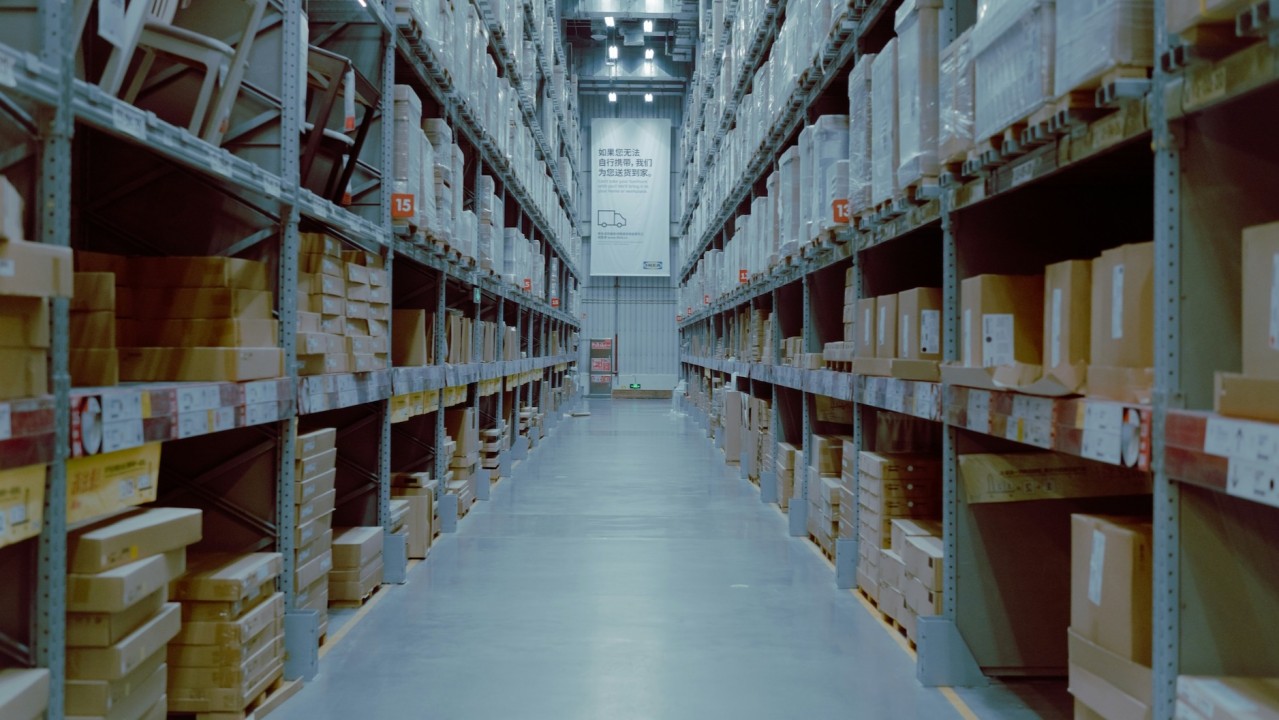This week we learned about the shuttering of laundry cleaning startup Washio. There are some who will play the chicken little and say that the sky is falling – this is not the case.
What we can learn from Washio, and other similar startups that closed down recently, are lessons that will help other on-demand startups thrive. It’s very clear that with the right plan, positioning, and technology in place, on-demand companies are well-positioned to succeed.
The on-demand revolution is still on.
What Happened to Washio?
The company was launched in 2013 and raised nearly $17 million to date from some very well-respected investors. Washio grew its presence to 7 cities in the United States over that period of time.
But that kind of growth proved to be not enough. Additionally, the competitive environment in the on-demand laundry world was becoming crowded.
What Can we Learn?
With every failure comes a great opportunity for learning. Companies offering on-demand services should take note of Washio, Handy and others and learn from them.
Based on Washio, and a reading of the current on-demand market, there are 5 key lessons to be learned for those running an on-demand services company.
- Grow fast… like, really fast
In business, there is a debate between the benefits of the “first mover advantage” which postulates that the first entrant into a given market has the best possible chance of succeeding, and beating out later entrants.
In order to win in the on-demand world, especially with “Uber for X” startups, you have to move fast. You have to hit the pavement, create buzz, and grow grow grow. If you don’t, another, better funded company will come in and own the space. Look at the example of Uber. Uber was the first mover, and even though Lyft and others are moving in, they can’t beat Uber because they’ve done a fantastic job at establishing themselves before any other companies entered.
Washio grew to only 7 cities in 3 years. While that might be acceptable for other companies, in the on-demand world that kind of growth just doesn’t cut it.
- Establish differentiation
As mentioned earlier, the on-demand space is becoming pretty crowded. In order to gain ground, companies need to establish differentiation from their competitor – something simple and easy to understand.
For example, Gett, a competitor of Uber, has positioned itself as the one on-demand taxi service to not charge a “surge.” This is a simple message that appeals to an issue that many users have with Uber, and it creates a solid differentiation.
- Treat employees well
Employees are the life blood of any business. Even in the on-demand world, where many employees are “independent,” its important that those working for your company, the ones that represent your company to the end-customer, are happy and well treated.
Happy employees will eventually mean happy customers, which is how a company wins.
- Focus on quality
One of the biggest gripes of Washio was that the quality of the work, especially for the price, was poor. Reviews on their app and others sites were filled with unhappy customers saying things like:
“The service is ridiculously expensive… Given the cost I would expect my things to be folded nicely and maybe have my socks bound together with a rubber band like every other laundry service in SF. Instead, I received a pile of underwear and a heap of socks — some folded one way, some folded another way, some not folded at all.”
- Make sure your customers get the best possible experience
Many on-demand services can be seen as commoditized; beyond creating differentiation with positioning, it’s important to separate your company in another way – customer experience.
This experience includes everything from the app customers use to order your service, the experience they get while waiting for the service or item to arrive – specifically being able to view the progress of the driver on a real-time map on their mobile phones – and the overall customer support they get.
Engaging customers during the delivery process is singularly important. Having visibility is what customers want, it’s one of the reasons Uber has been so successful.
In order to create a successful on-demand startup, you must have the technology in place to offer the best possible customer experience – this will keep the customers coming back time and again.



